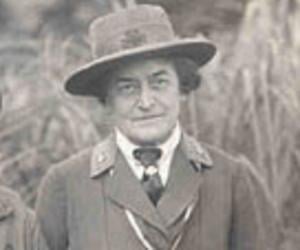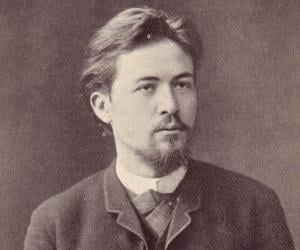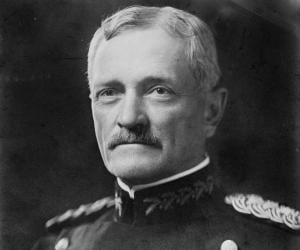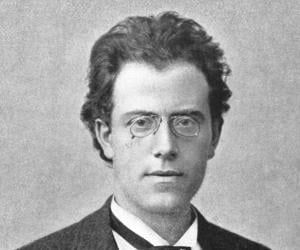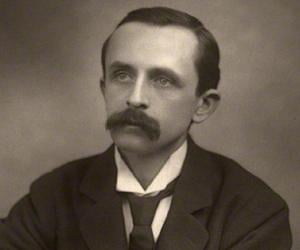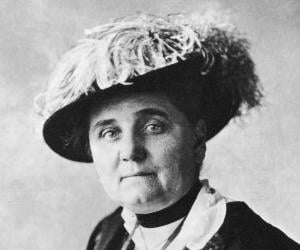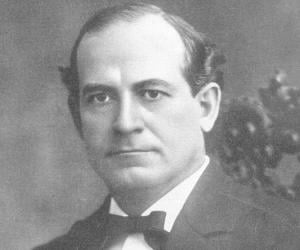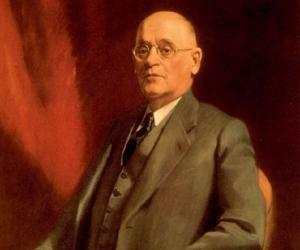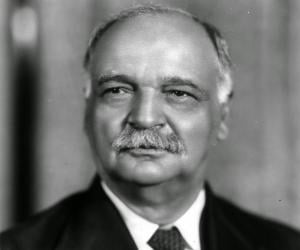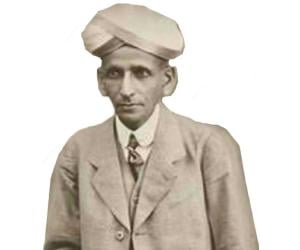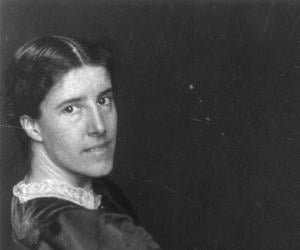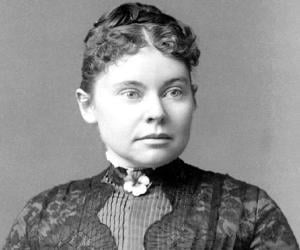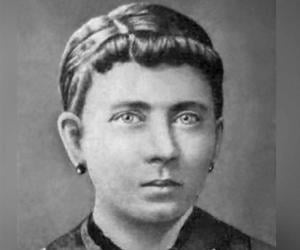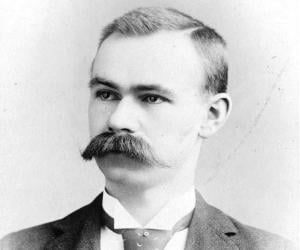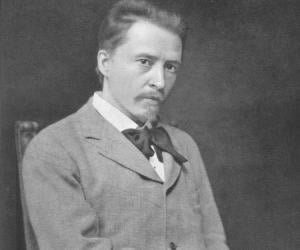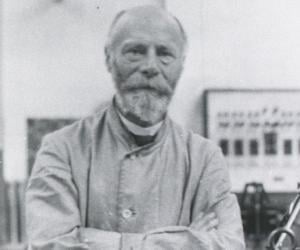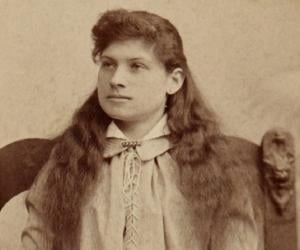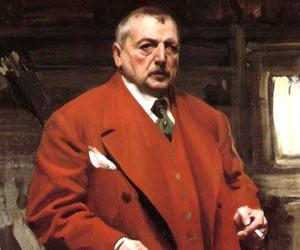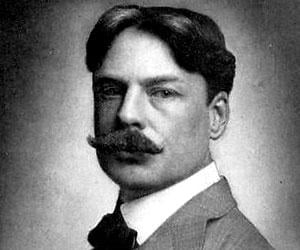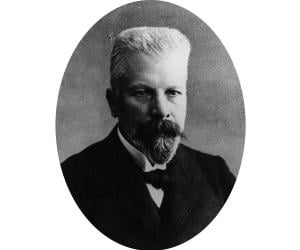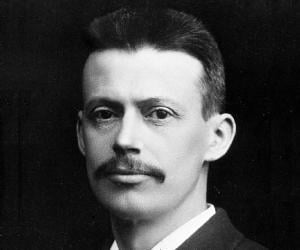Anton Chekhov was a Russian short-story writer and playwright. Widely regarded as one of the greatest writers of short fiction, Chekhov's works have influenced the progression of the modern short story. As a playwright, Anton Chekhov is credited with influencing the rise of modernism in theatre, along with August Strindberg and Henrik Ibsen.
John J. Pershing was a senior United States Army officer who served as the commander of the American Expeditionary Forces (AEF) in World War I. In his later years, he mentored generals who led the United States Army during World War II. He was promoted to General of the Armies rank, the highest possible rank in the United States Army.
Austro-Bohemian Romantic composer and conductor Gustav Mahler symbolized the transition of 19th-century Austro-German music to early-20th-century modernism. His music was banned during the Nazi era but was rediscovered later. Famous for his Eighth Symphony, he had also been the director of the Hofoper (Vienna Court Opera).
Sir James Matthew Barrie was a Scottish playwright and novelist. He is credited and remembered for creating the famous fictional character, Peter Pan. In the 1922 New Year Honours, Barrie was made a member of the Order of Merit. Before his death, he gifted the Great Ormond Street Hospital for Children with the rights of his Peter Pan works.
Jane Addams was an American social worker, reformer, settlement activist, public administrator, sociologist, and author. Addams was a prominent leader in the history of women's suffrage and social work in the USA. She is credited with co-founding one of America's most popular settlement houses, the Hull House in Chicago. Addams is also credited with co-founding the American Civil Liberties Union.

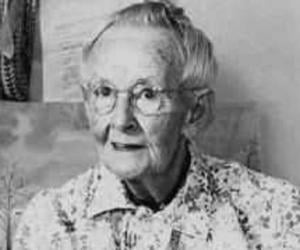
Anna Mary Robertson, better known as Grandma Moses, revolutionized American folk art with her iconic depictions of American rural life. After spending 15 years of her life working as a housekeeper, she deviated toward embroidery. A bout of arthritis made her switch to painting in her late 70s.
Charlotte Perkins Gilman was an American novelist, humanist, poet, and short-story writer. Best remembered as a utopian feminist, Gilman served as an inspiration for several generations of feminists. A National Women's Hall of Fame inductee, Charlotte Perkins Gilman is also remembered for her semi-autobiographical work, The Yellow Wallpaper.
Lizzie Borden was an American woman who gained national recognition after being tried and acquitted of the 1892 axe murders, which took place on August 4, victimizing Borden's father and stepmother. The murders and trial remain a topic in popular culture and have been the subject of several literary works, theatrical productions, folk rhymes, and films.
Klara Hitler was the mother of Adolf Hitler, the leader of Nazi Germany. Born into a modest family in Austria, she was a hardworking and energetic woman with a pleasant demeanor. She married Alois Hitler and had six children, of whom only two—Adolf and Paula—survived to adulthood. She died of breast cancer when she was 47.
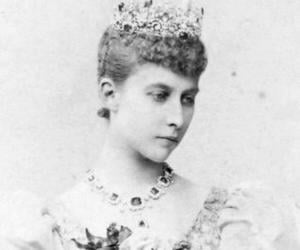
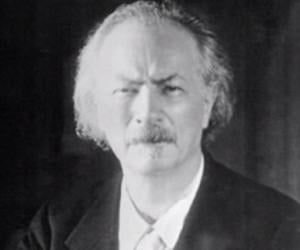
Ignacy Jan Paderewski was a Polish musician who went on to become the third Prime Minister of Poland after being a spokesman for Polish independence for a long time. He also played a significant role as the nation's foreign minister in 1919 when he signed the Treaty of Versailles, an important event that marked the end of World War I.
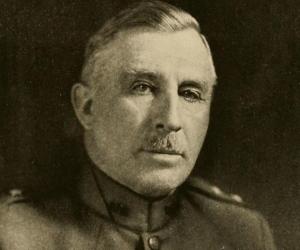
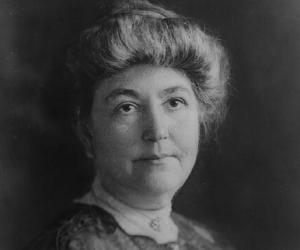
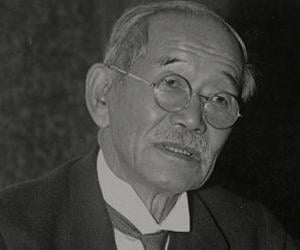
Legendary Japanese athlete Jigoro Kano is remembered as the founder of judo. A fine educator, he had also had a 23-year stint as the principal of 2 schools, which later became the University of Tsukuba. He was also the first Asian to be part of the International Olympic Committee.
Hugo Wolf was an Austrian composer best remembered for his art songs. Although he produced extraordinary musical pieces, his work was constantly affected by depression before he suffered a mental collapse in the late-1890s. Hugo Wolf is credited with producing some of the best-known lieders, a type of German song.
Willem Einthoven was a Dutch physiologist and physician whose invention of the electrocardiogram in 1895 earned him the prestigious Nobel Prize in Physiology or Medicine in 1924. He is also credited with theorizing the existence of Einthoven's triangle, which is named in his honor.
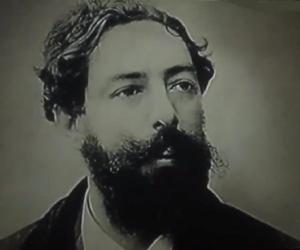
Painter and printmaker James Ensor spent most of his life in the North Sea fishing port of Ostend, away from hustle-bustle of big cities. Yet, he left a significant influence on every aspect of the modernist movement; from symbolism and expressionism to dada and surrealism; also a signature style that involved radical distortion of form, muddled surface and riotous color.
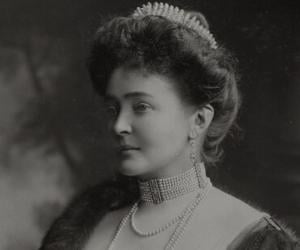

Part of the Camden Town Group of painters, who showcased both Impressionist and Post-Impressionist art, German-born British painter Walter Sickert liked painting both people and scenes. His work Jack the Ripper's Bedroom gave rise to speculations that he could have been either the killer or his accomplice.
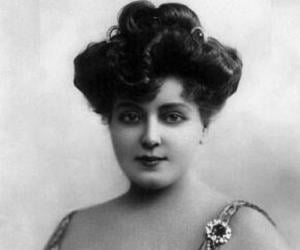
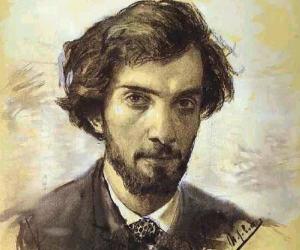
Isaac Levitan was a Russian landscape painter remembered for his work that popularized the mood landscape genre. One of the most important landscape painters of his generation, Levitan was elected to the Russian Academy of Arts in 1897. The following year, Levitan was chosen as the head of the Landscape Studio at the Moscow School of Painting, Sculpture and Architecture.
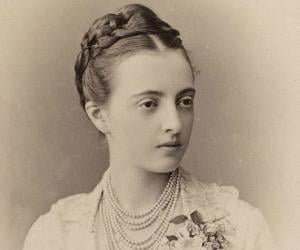
Grand Duchess Anastasia Mikhailovna of Russia, largely remembered as one of the granddaughters of Tsar Nicholas I of Russia, and as the wife of Friedrich Franz III, the Grand Duke of Mecklenburg-Schwerin. A talented tennis player, she had several tennis courts built. She also had an illegitimate child with her secretary.
Anders Zorn was a Swedish artist who achieved international success as an etcher, sculptor, and painter. One of Sweden's most important artists, Zorn's paintings currently adorn the National Museum of Fine Arts which is located in Stockholm. Apart from creating brilliant works of art, Zorn is also credited with establishing the Bellman Prize, which is a literature prize awarded yearly.
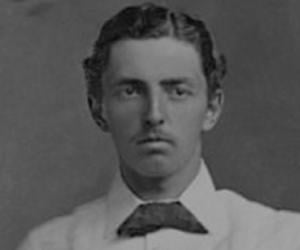
Charles Studd was a British missionary and professional cricket player. He is credited with establishing the Heart of Africa Mission, which is now referred to as WEC International. As a cricketer, Charles Studd is remembered for playing in the 1882 match against Australia, which paved the way for the famous Ashes Test cricket series.
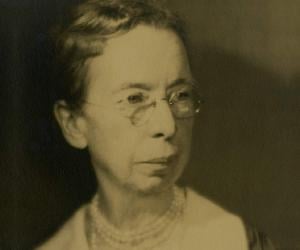
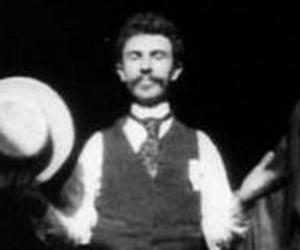
William Kennedy Dickson was a Scottish inventor best remembered for his association with Thomas Alva Edison. Dickson invented a motion picture camera when he was working under Thomas Edison. William Kennedy Dickson is also credited with directing The Dickson Experimental Sound Film which was the first film to use the Kinetophone.
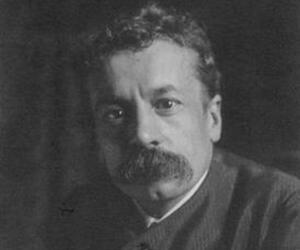
Nobel Prize-winning German biochemist Eduard Buchner was the first to demonstrate how the enzymes in yeast cause the fermentation of carbohydrates. He also taught at various universities, such as Berlin and Breslau. He died in the Battle of Mărășești, while serving as a major, during World War I.
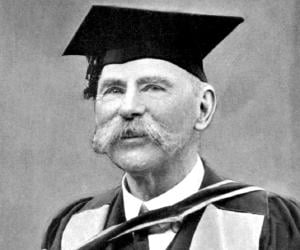
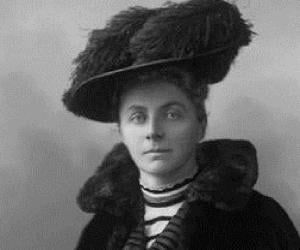
Niels Ryberg Finsen was a Danish-Faroese scientist and physician. Finsen's method to treat diseases, such as lupus vulgaris, using concentrated light radiation, earned him the 1903 Nobel Prize in Medicine and Physiology. Copenhagen University Hospital houses the famous Finsen Laboratory, which is named in his honor.
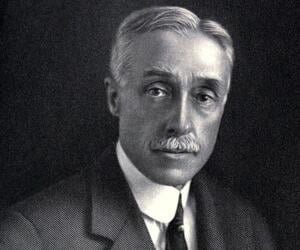
Elmer Ambrose Sperry is best remembered for inventing gyroscopic compasses and stabilizers, which revolutionized navigation technology back in his time. His products had been of great use to the U.S. Navy. His illustrious career had witnessed him gain over 400 patents through his eight manufacturing companies.
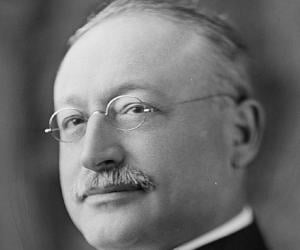
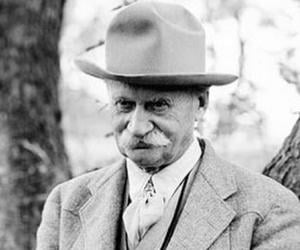
Born in Denmark, Jens Jensen witnessed his family farm being burned by the Prussians during the Second War of Schleswig. He then moved to Chicago, where he initially worked a laborer and then as a foreman, before designing gardens. He designs include the Humboldt Park and the Columbus Park.
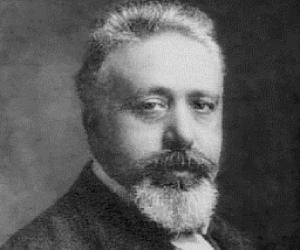
Vito Volterra is remembered for his work on calculus and functional analysis. Born into a poor family in Ancona, he used his math skills to join the University of Pisa. He later taught as mechanics professor. He was also the first to suggest the use of helium in airships.
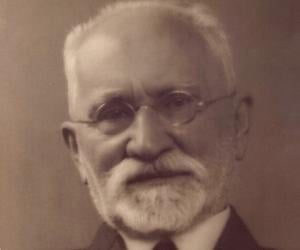
Russian historian Simon Dubnow is best remembered for instilling a sociological element in the study of Jewish history. A well-known teacher and author, he was also involved with the Jewish magazine Voskhod. He escaped to Germany to avoid Bolshevism but was eventually killed by the Nazis.
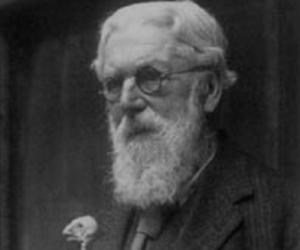
D'Arcy Wentworth Thompson was a Scottish mathematician, biologist, and classics scholar. A pioneer of mathematical biology, Thompson is best remembered for writing a book titled On Growth and Form, which is widely admired by architects, anthropologists, and biologists among others. Over the course of his illustrious career, D'Arcy Wentworth Thompson received several prestigious awards like the Daniel Giraud Elliot Medal.
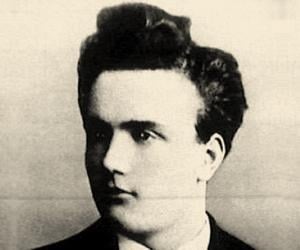
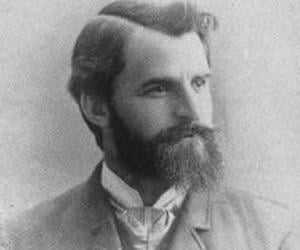
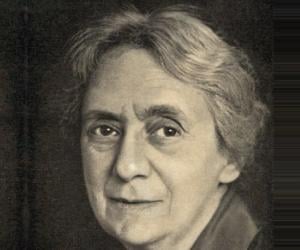
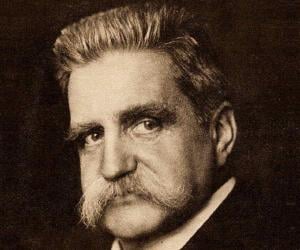
One of the prominent names in the formation of the Social Democratic Party of Sweden and also its leader from 1907 to 1925, Karl Hjalmar Branting served thrice as the Prime Minister of Sweden between 1920 and 1925. In 1921, the father of socialism in Sweden was awarded Nobel Peace Prize together with Norwegian diplomat Christian Lous Lange.
